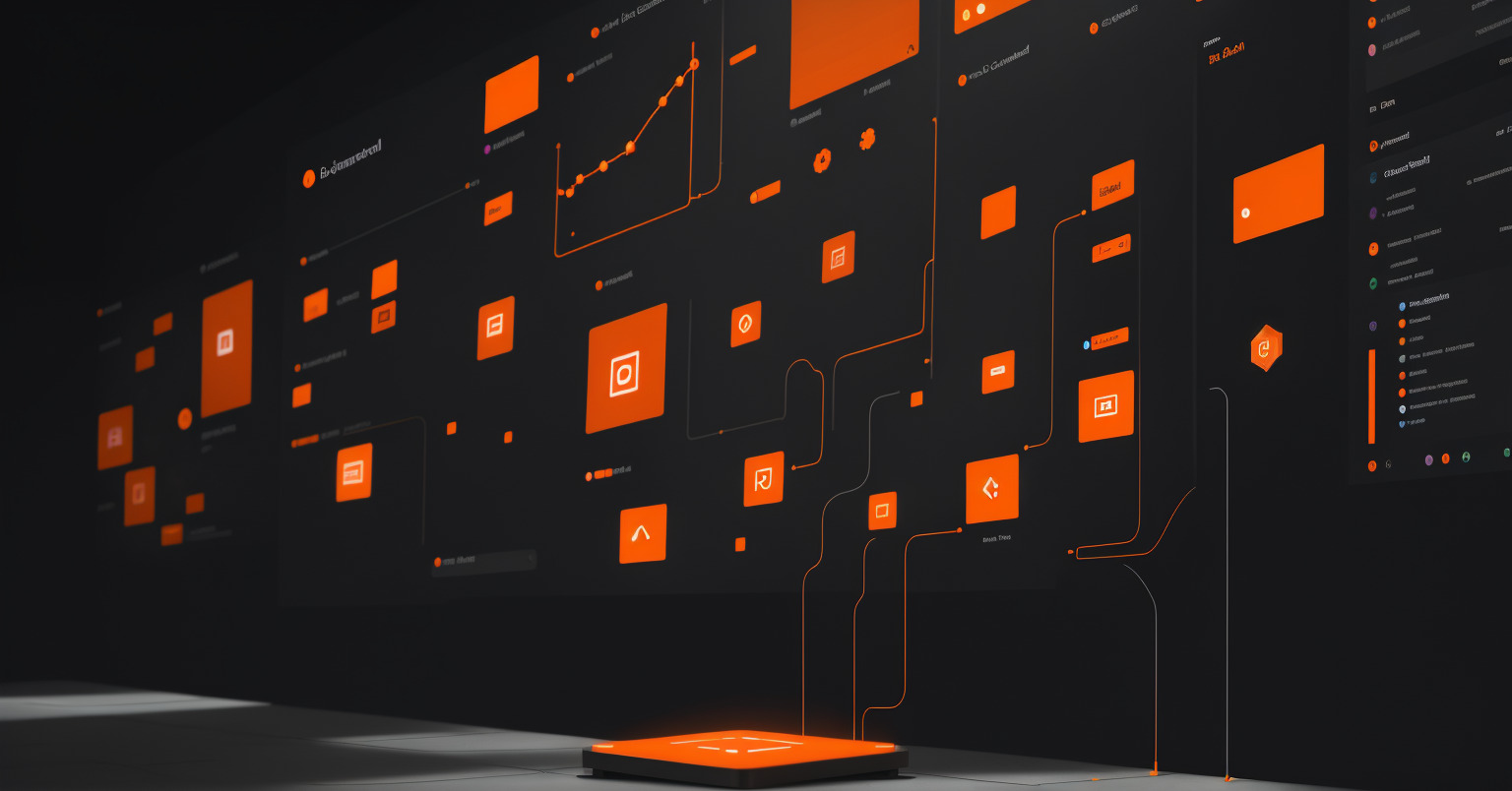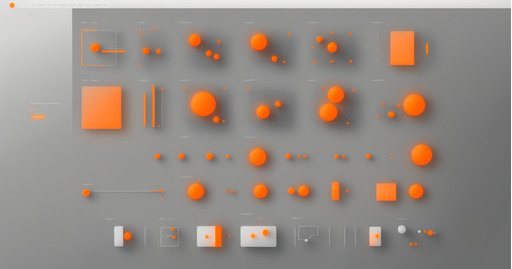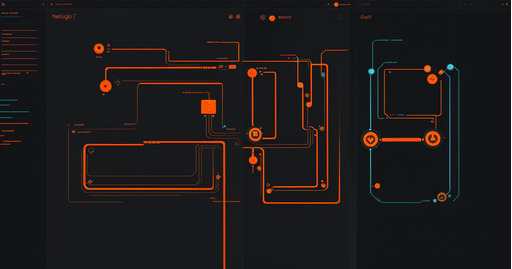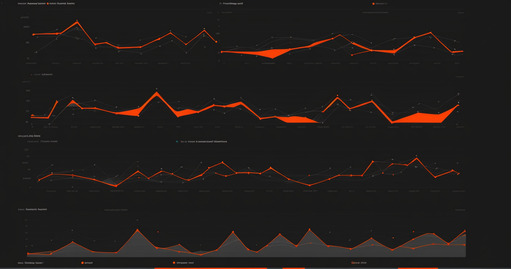Why First Impressions Matter in SaaS UI: When users first log into a SaaS platform, they begin forming opinions within seconds. A clean, intuitive interface signals professionalism, builds trust, and encourages exploration. If a dashboard feels cluttered, confusing, or slow, users may abandon it before discovering the product’s value. This is especially critical in SaaS, where free trials and freemium models are common. An elegant UI design enhances perceived value and supports onboarding by reducing learning curves. Even small details like button placement, visual hierarchy, or loading animations can significantly influence whether a user sticks around or churns quickly.
User Onboarding and the Role of UX Patterns: Successful SaaS products invest heavily in the onboarding experience. Good UX makes learning the product feel seamless and rewarding. Tooltips, progress checklists, contextual help, and in-app tutorials are all UX patterns that ease new users into workflows. The goal is to get users to their first “aha moment” — that key interaction where they see the platform’s value. If onboarding is confusing or disjointed, users often give up before they experience the product’s benefits. Consistent UX patterns and clear guidance help users build confidence, increasing retention from the very start.
Reducing Friction to Keep Users Engaged: Retention hinges on minimizing friction during daily interactions. SaaS users value speed, predictability, and responsiveness. If a feature is buried behind too many clicks or behaves inconsistently, it creates mental load. Smart UI design removes such obstacles by prioritizing task flow, minimizing redundant steps, and offering shortcuts for power users. UX should make complex actions feel simple and natural. Whether it’s saving preferences automatically or showing progress indicators, small conveniences add up to a smoother experience. These frictionless moments create habits that keep users coming back.
The Link Between UX Feedback and Retention: Retention improves dramatically when users feel heard. SaaS platforms that embed feedback mechanisms directly into the UX — like satisfaction surveys, feature voting, or bug reporting tools — foster a two-way relationship. This transparency shows users that their experience matters, and that the product is evolving based on real needs. Additionally, analyzing UX behavior through session replays or heatmaps helps teams identify pain points proactively. Acting on this data can lead to UX refinements that prevent churn and boost loyalty over time.
How Visual Consistency Builds Long-Term Trust: A consistent, well-branded UI doesn’t just look good, it builds trust and reduces cognitive fatigue. When buttons, fonts, icons, and interactions behave predictably across the platform, users feel in control. In contrast, inconsistent layouts or design elements create confusion and distrust. SaaS tools that prioritize visual harmony create smoother experiences and require less re-learning during updates. This visual integrity becomes part of the brand’s identity, encouraging users to commit and feel confident in long-term usage. Design consistency, therefore, is not just aesthetic, it’s strategic for retention.




